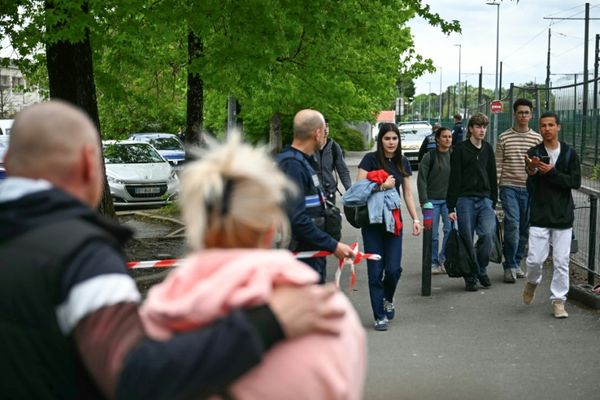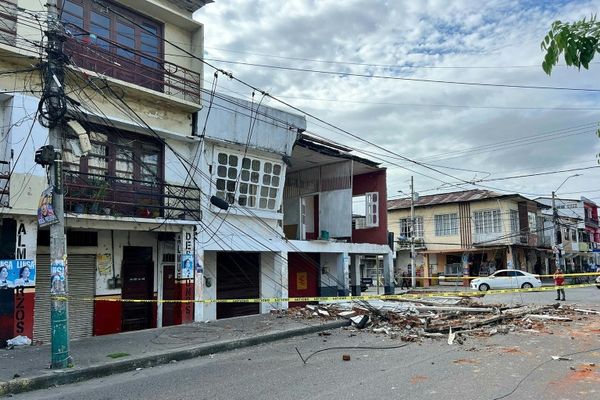
Skies across the UK have been lit up again by the northern lights, with the possibility of another view on Friday night.
Also known as aurora borealis, the phenomenon could be seen most clearly in Scotland, Northern Ireland and northern England on Thursday night. Fainter sightings were recorded as far south as Kent.
Images from the Highlands and the Yorkshire Dales showed that clear skies and increased solar activity had produced a spectacular display on Thursday.
Lake Windermere tonight… 💚❤️#NorthernLights #AuroraBorealis pic.twitter.com/KcK7bOAWme
— Matt Pounder (@Mattpounder) September 12, 2024
Meteorologists said there could be another chance of seeing the aurora on Friday but it would be weaker.
Simon King, the lead BBC weather presenter and meteorologist, posted on X on Friday morning: “With solar activity remaining fairly high over the next couple of days, there’s another chance for aurora early tonight. Need to look to northern sky, away from light pollution and use a camera/phone (more sensitive to the light than our eyes).”
Aurora displays happen nearest to Earth’s magnetic poles when charged particles collide with gases in the atmosphere and emit light. In the northern hemisphere this is typically near the Arctic Circle but when solar activity is strong it can cover a greater area.
Tonight’s Aurora over Keepers Pond - South Wales #aurora #northernlights @BBCWthrWatchers @StormHour pic.twitter.com/2ZkVDWGw0i
— Karl McCarthy (@McCarthyKarl) September 12, 2024
Sightings in Britain are likely to become more common over the next few years, according to a space weather prediction by the Met Office earlier this year.
The #NorthernLights over @moniackmhor in the Highlands last night were truly something magical. I had always wanted to see them and they put on a show! pic.twitter.com/ewTRlMmQuV
— Rebecca Ferrier (@rmlferrier) September 13, 2024
Krista Hammond, a space weather forecaster at the Met Office, said in May: “The sun has a roughly 11-year cycle of activity, and this is from what’s known as solar minimum, which then goes towards solar maximum, and back to solar minimum. And we’re now approaching the solar maximum … What defines solar maximum is when we see the most number of sunspots on the sun. And it is sunspots that drive what we see as space weather, which is solar flares.”
Hammond added: “As we approach solar maximum, it means the frequency that we see these space weather events, which cause the aurora, increases. But this doesn’t actually dictate the magnitude of those events.”







